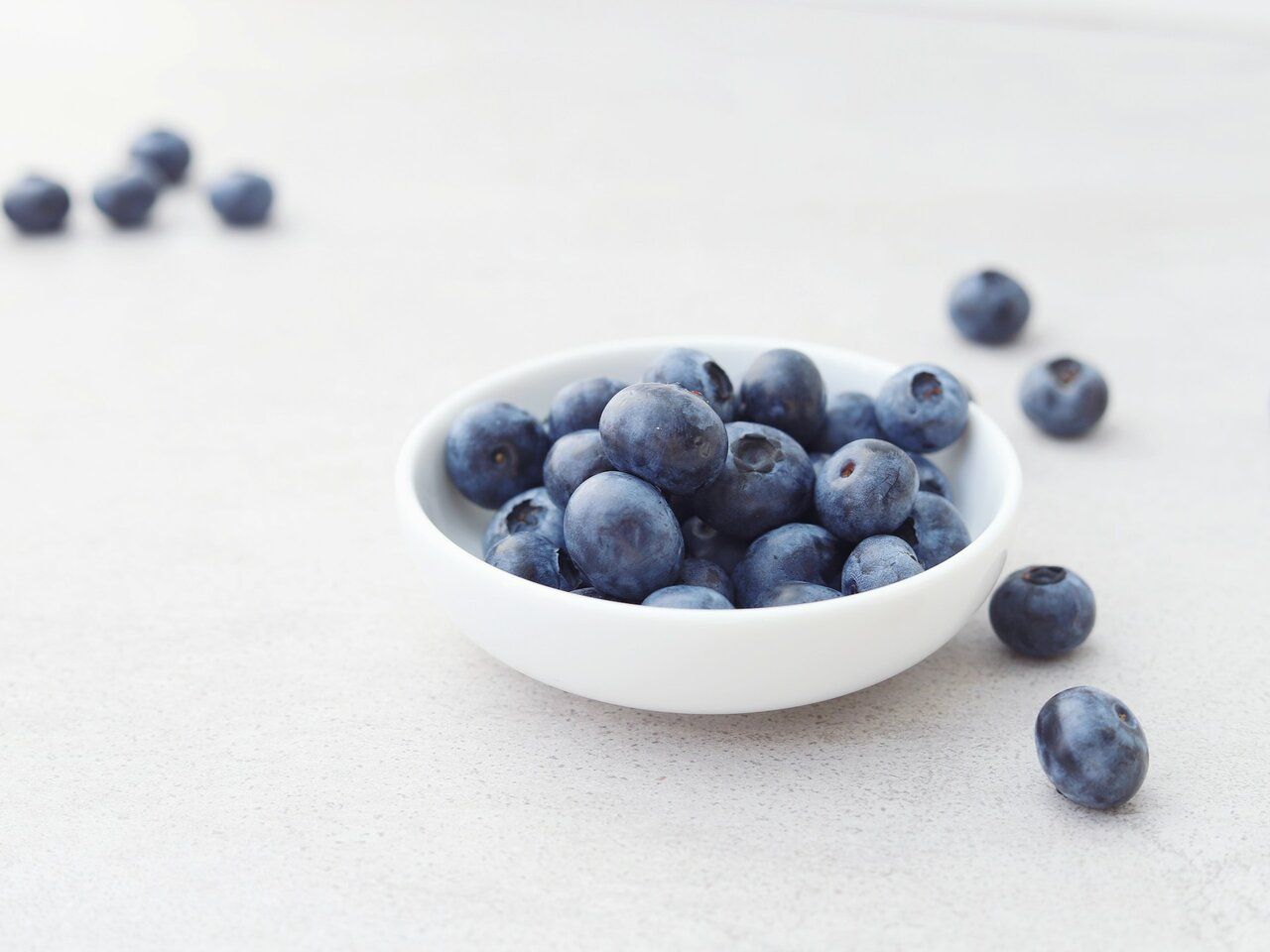Best NAD Supplement in 2025: What to Know Before You Buy
Step into the world of longevity supplements and you’ll quickly encounter NAD+, a molecule touted for its role in energy production and cellular repair throughout your body.
Consequently, the market is now flooded with NAD supplements, each claiming to be the most effective. This makes choosing the right one a confusing task for even the most health-conscious consumer.
To help you make sense of it all, this expert guide breaks down the science of NAD boosters and provides clear advice on what experts recommend to help you select the best NAD supplement in 2025.
Key Takeaways
- NMN and NR supplements effectively boost NAD+ levels, with numerous studies supporting their benefits
- Standard oral supplements (capsules, tablets, powders) are the forms most used in clinical research
- Measuring your baseline NAD+ levels before supplementing allows you to track effectiveness and make informed dosage decisions
- A combination approach with multiple NAD precursors and supporting compounds may boost NAD+ levels more effectively than single-ingredient formulations
NAD+: The Coenzyme That Declines With Age
Your body relies on nicotinamide adenine dinucleotide, or NAD+, for cellular energy metabolism and hundreds of vital processes like DNA repair. The molecule helps power your mitochondria and activates sirtuins, proteins that help regulate how your cells age.
NAD+ levels start declining with age. By middle age, you might have lost 50-80% of what you had in youth. DNA damage, chronic inflammation and cellular aging all contribute to this phenomenon.
When NAD+ drops, your cellular engines sputter. Maintenance slows down. Your body’s ability to bounce back from stress diminishes. These changes contribute to many familiar signs of aging, from decreased energy to cognitive changes.
Supplementation with NAD+ precursors (the raw materials your body uses to make NAD+) offers a potential strategy to fight back against this natural decline.
Benefits of Boosting NAD

The benefits of NAD supplements appear strongest in people with specific conditions or naturally low NAD levels. This is why we recommend testing your NAD+ status as a first step.
So what specific benefits can you expect when you restore your NAD+ levels? The evidence is compelling.
Studies show that increasing NAD may improve metabolic health. One study of prediabetic women found that taking just 250 mg of NMN daily for 10 weeks improved muscle insulin sensitivity.1
For active individuals, NAD+ supplementation can improve aerobic capacity, with research showing performance benefits that increase with dosage.2
Your heart stands to gain significant protection too. Clinical research demonstrates that raising NAD+ levels helps combat various heart conditions, from atherosclerosis to cardiomyopathy and heart failure.
Brain health benefits are equally compelling. NAD+ supplementation reduces neuroinflammation, protects neurons, and improves cognitive function by supporting mitochondrial health in brain cells.3
Boosting NAD+ can also reduce chronic oxidative stress and inflammation, both of which are linked to aging and degenerative diseases.4
Supplement Safety Note
Supplements receive minimal FDA regulation and may not be safe for everyone. They can interact with medications and other supplements. Always consult your doctor before starting any supplement regimen.
Types of NAD Precursors
NAD+ itself is too large to enter cells efficiently when taken orally. Instead, supplements use precursor molecules that your body converts into NAD+.
Nicotinamide Mononucleotide (NMN)
What is it? NMN is a direct precursor that’s just one step away from becoming NAD+. It’s found naturally in very small amounts in foods like broccoli, avocado, and edamame.
What does research say? Research shows NMN supplements safely improve physical performance, muscle function, and metabolic health, particularly in middle-aged and older adults.5
Is it effective? Several human trials show that taking NMN significantly boosts blood NAD levels in healthy adults over 4-12 weeks compared to placebo.6
Any downsides? Supplements tend to be more expensive. Despite strong safety data, most comes from small, short-duration studies.
Nicotinamide Riboside (NR)
What is it? NR is a form of vitamin B3 that efficiently converts to NMN and then to NAD+. It bypasses a rate-limiting enzyme called NAMPT that can slow down NAD+ production.
What does research say? Clinical trials show thatNR supplementation is safe and may offer benefits for inflammation7, body composition, and possibly neuroprotection.8
Is it effective? Multiple human trials show that oral NR supplements significantly raise NAD concentrations in blood and tissues.9
Any downsides? NR may be slightly less potent than NMN as a precursor to NAD that is one step further.
Nicotinamide (NAM)
What is it? Also called niacinamide, NAM is the most common form of vitamin B3 in both diet and supplements. It’s found in foods like fish, poultry, eggs, grains, meat, milk, and green vegetables.
What does research say? Clinical studies show nicotinamide helps prevent skin cancer10, improves skin health, and reduces risk of heart failure.11
Is it effective? Evidence suggests NAM can increase NAD levels, but its effectiveness may vary by tissue type and context.12
Any downsides? NAM is generally considered less effective than NMN and NR. It may also come with more side effects in some people.
Niacin (Nicotinic Acid, NA)
What is it? Niacin is the original form of vitamin B3 that can be converted to NAD+ through the “salvage pathway.” It’s the most affordable NAD+ precursor and has been used medically for decades to manage cholesterol.
What does research say? Research shows niacin has well-documented benefits for improving cholesterol profiles by increasing HDL (“good” cholesterol) and lowering LDL (“bad” cholesterol).13
Is it effective? High-dose niacin has been shown to increase NAD levels up to 8-fold, which raises questions about optimal dosing for balanced cellular health.14
Any downsides? Niacin often causes an uncomfortable “flush” effect (temporary skin redness, warmth, and itching) and some users experience stomach issues.
Tryptophan
What is it? Tryptophan is an essential amino acid found in protein-rich foods that can be converted to NAD+ through a lengthy process known as the “de novo pathway.”
What does research say? Studies indicate it may support mood regulation, sleep quality, and neurotransmitter balance due to its role in serotonin production.
Is it effective? As an NAD+ precursor, tryptophan requires multiple conversion steps and is less efficient than direct precursors like NMN.
Any downsides? The conversion rate from tryptophan to NAD+ is relatively low, requiring larger amounts to achieve meaningful NAD+ increases.
Comparison of NAD Precursors
| Precursor | What is it? | Effectiveness | Downsides |
|---|---|---|---|
| NMN | Direct NAD+ precursor found in small amounts in vegetables | Significantly boosts NAD+ levels in clinical trials | Most expensive option |
| NR | B3 form that bypasses rate-limiting enzyme | Well-proven to raise NAD+ in blood and tissues | Slightly less potent than NMN |
| NAM | Common B3 form in everyday foods | Variable effectiveness by tissue type | Less effective, possible side effects |
| Niacin | Original B3 form, most affordable | Can increase NAD+ up to 8-fold | Causes “flush” effect, GI discomfort |
| Tryptophan | Essential amino acid in protein foods | Inefficient, requires multiple conversion steps | Very low conversion rate to NAD+ |
Forms of NAD Supplements
The effectiveness of your NAD+ supplement might depend on how well it’s absorbed and taken up by your cells.
Standard Oral Capsules/Tablets/Powders
Research consistently shows oral supplements are most reliable, with clinical studies preferring them for their consistent dosing, proven NAD+ elevation, and easy integration into daily routines.
Sublingual Delivery
Tablets or drops placed under the tongue claim to bypass digestion, but minimal independent research confirms superior bioavailability compared to quality oral supplements.
Liposomal Formulations
These encase precursors in microscopic lipid bubbles that protect them from digestive enzymes and potentially enhance cellular uptake. Manufacturer data suggests better bioavailability, but independent research is limited.
Other Forms
- Nasal sprays provide rapid delivery through the nasal mucosa
- Transdermal patches deliver precursors through the skin
- IV administration delivers NAD+ directly into the bloodstream (clinical settings only)
While advanced delivery systems offer potential advantages, standard oral formulations still have the most extensive clinical research supporting their effectiveness.
| Delivery Method | Effectiveness | Research Support |
|---|---|---|
| Oral Capsules/Tablets/Powders | Reliable cellular uptake with consistent dosing | Extensive clinical research support |
| Sublingual Delivery | Claims improved absorption by bypassing digestion | Limited independent verification |
| Liposomal Formulations | Enhanced protection from digestive enzymes | Mostly manufacturer data, limited independent studies |
| Nasal Sprays | Rapid delivery through nasal mucosa | Minimal clinical research |
| Transdermal Patches | Gradual delivery through skin | Few published studies |
| IV Administration | Direct bloodstream delivery (clinical settings only) | Used in specific therapeutic contexts |
Dosages: How Much Should You Take?
Finding the right NAD+ precursor dosage means balancing research with your personal needs.
For NR, studies typically use 300-1000 mg daily. Higher doses (1000+ mg) may keep NAD+ levels elevated longer and are sometimes used for specific health conditions.
Research has tested daily NMN doses between 250-1200 mg. Some evidence suggests the higher end of this range (600-1200 mg) may work better for things like aerobic capacity.
Start low (250-500 mg daily of either NR or NMN) to check how your body responds before trying higher amounts.
For specific health concerns, talk to a healthcare professional who can guide you based on your health and goals.
| Precursor | Typical NAD-Boosting Dosage |
|---|---|
| NMN | 250-1000 mg/day |
| NR | 300-1000 mg/day |
| NAM (Niacinamide) | 100-500 mg/day |
| Niacin | 15-50 mg/day |
| Tryptophan | 1000+ mg from dietary sources |
Side Effects and Safety
NAD+ precursors have shown good safety records in human studies at common doses.
NR has been tested at up to 2000 mg daily for several months, with a recent study using even 3000 mg daily for 4 weeks in Parkinson’s patients without serious side effects.
NMN appears safe at doses up to 1250 mg daily in studies lasting several weeks to months.
Unlike niacin, neither NR nor NMN typically cause flushing, making them more comfortable for most people.
Mild side effects sometimes reported include:
- Stomach discomfort
- Headaches
- Fatigue
These occur about as often as in placebo groups.
Safety data beyond several months is still limited. If you take medications, especially for metabolism-related conditions, check with your doctor before starting dietary supplements.
Choosing the Best NAD Supplement

To pick the best NAD supplement for your needs, focus on these core considerations:
- Match to Your Goals: Align your choice with your health goals. NMN and NR are popular for longevity, with NMN often noted for metabolic support and NR for neurological aspects. NAM can be considered for skin health, while niacin has known cholesterol benefits.
- Prioritize Quality: Don’t compromise on quality. Look for products with third-party testing seals (e.g., USP, NSF), GMP (Good Manufacturing Practices) certification, and transparency from established brands.
- Sensible Starting Doses: For NR or NMN, consider starting with 250-500 mg daily. For NAM, 100-250mg is a common initial range, and for niacin, lower doses like 15-50 mg are safer.
- Consider Testing: For a personalized approach, testing your NAD+ levels before and after supplementation can help verify effectiveness and optimize your regimen.
- Remember the Bigger Picture: Supplements achieve the best results as part of an overall healthy lifestyle, including good nutrition, regular exercise, and quality sleep.
Focusing on these elements will help you confidently select a high-quality NAD+ supplement that aligns with your individual health objectives.
A Science-Based Approach to NAD Supplementation
At Jinfiniti Precision Medicine, we approach NAD+ optimization through our unique “Test, Act, Optimize” (TAO) philosophy.
Our approach begins with measuring your actual NAD+ levels using our proprietary Intracellular NAD® Test. This clinical-grade test provides a precise baseline of your current NAD+ status through a simple finger-prick blood collection.
With this data, we can recommend personalized supplementation using our flagship product:
- Vitality↑® NAD Booster – Our patent-pending, clinically validated formulation combines precursors NMN and niacinamide with creatine monohydrate and D-ribose in precise ratios that work synergistically across multiple metabolic pathways
Vitality↑® stands apart from generic supplements by targeting comprehensive cellular health. Its unique formula supports energy production, recovery, sleep quality, mental clarity, and reduced inflammation – all from a single, science-backed supplement.
Our complete system comes together in our NAD Optimization® Starter Package, which includes before-and-after testing plus Vitality↑® supplementation. This embodies our philosophy of continuous monitoring and adjustment for optimal results.
“The one-size-fits-all approach to NAD supplementation simply doesn’t work,” explains Dr. Jin-Xiong She, Jinfiniti founder and Chief Scientist. “People vary dramatically in their baseline levels and response to supplements. Without testing, you’re just guessing. Our Vitality↑® works through three distinct pathways to make NAD, making it more effective than single-ingredient options like NMN or NR alone. This approach leads to NAD+ increases you can actually measure and feel.”
A Few More Practical Tips
Getting the most from your NAD+ supplementation might benefit from a holistic approach:
What Time to Take NAD Supplements
- NAD+ metabolism follows circadian rhythms
- Morning supplementation may align better with natural cycles
- Consistency is key for maintaining levels
Lifestyle Factors
- Regular exercise increases NAMPT enzyme activity, supporting NAD production
- Intermittent fasting activates pathways that help boost NAD+ levels naturally
- Quality sleep supports optimal NAD+ metabolism
Complementary Supplements
- Taking NMN with resveratrol may enhance sirtuin activity powered by NAD+
- Taking NMN with Trimethylglycine (TMG) may support methyl metabolism
- Quercetin helps inhibit CD38, reducing NAD+ consumption
Remember that individual responses can be different based on genetics, age, activity level and overall health status.
Recap: What to Know Before You Buy
Finding your ideal NAD+ supplement requires balancing scientific research with your personal factors. Both NMN and NR effectively raise NAD+ levels, each with advantages for different situations.
Quality is crucial. Select products with independent verification and clear manufacturing practices to ensure you receive what’s advertised.
Keep in mind that NAD+ supplements perform best as part of a complete health strategy. No pill can substitute for quality sleep, regular physical activity, stress reduction, and nutritious eating.
For a truly personalized strategy, Jinfiniti’s system offers a way to test, supplement, and track your NAD+ optimization journey based on your unique biological response.
When you select products based on quality, evidence, and your specific needs, NAD+ supplementation provides a promising way to support cellular function throughout aging.
Referenced Sources
- https://www.science.org/doi/10.1126/science.abe9985 ↩︎
- https://pmc.ncbi.nlm.nih.gov/articles/PMC8265078/ ↩︎
- https://www.ahajournals.org/doi/10.1161/CIRCULATIONAHA.121.056589 ↩︎
- https://www.sciencedirect.com/science/article/abs/pii/S0531556519307582 ↩︎
- https://www.eurekaselect.com/article/142482 ↩︎
- https://link.springer.com/article/10.1007/s11357-024-01204-1 ↩︎
- https://www.cell.com/cell-reports/fulltext/S2211-1247(19)30940-4 ↩︎
- https://www.cell.com/cell-metabolism/fulltext/S1550-4131(22)00045-6 ↩︎
- https://www.nature.com/articles/s41467-018-03421-7 ↩︎
- https://www.mdpi.com/1422-0067/20/23/5946 ↩︎
- https://www.science.org/doi/10.1126/scitranslmed.abd7064 ↩︎
- https://www.sciencedirect.com/science/article/abs/pii/S0891584923004732 ↩︎
- https://link.springer.com/article/10.1007/s11883-001-0014-y ↩︎
- https://www.cell.com/cell-metabolism/fulltext/S1550-4131(20)30190-X ↩︎














































